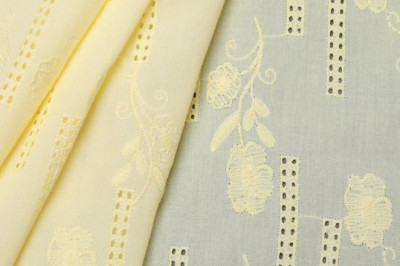views

Prior art or novelty searches are also known as patentability searches. Patentability Searches / Novelty Searches are conducted to unearth the closest prior art, be it a patent publication or non-patent literature. In order to file a patent application for an invention, the first step is to conduct a patentability search. A patentability search determines how unique an invention is compared to existing inventions.
Patent protection is a lengthy and expensive process that involves drafting and filing a patent application, prosecution of the application at the patent office and maintenance of the patent. Though patentability search is not a mandatory process before filing a patent application, it could help an inventor avoid spending money and resources on patentable ideas that are not new.
By conducting a patentability search, an inventor can determine whether or not the technical features of the invention can be patented, as well as how the invention differs from the existing art. It will also help the inventor strategize drafting the claims in a more appropriate manner, i.e., neither too broad nor too narrow. Moreover, a patentability search will help an inventor understand the current state-of-the-art, and allow designing around existing prior art, if required.
When the inventor determines that an idea for an invention does not already exist in the art, is non-obvious to a person skilled in the art, and has industrial applicability, then a patent application may be filed.
Patentability search is the foremost step in protecting IP rights and is useful in answering questions such as the following:
We have an invention and would like to seek protection at the earliest. Can we get a patent? If so, what could be the scope of protection?
Any invention is patentable only if it is novel and non-obvious to a person skilled in the art. SciTech Patent Art has been conducting patentability searches for independent inventors, academic and research institutes, and large corporations for over a decade; and has built unique expertise in assessing the patentability of an invention. We look at both patent and other published literature before providing our assessment in a cost-effective and timely manner. Our assessment helps the inventor in deciding on the scope of the protection that could possibly be obtained.
Our Methodology for a Patentability Search:
A patentability search is conducted by understanding the three key concepts – novelty, non-obviousness, and industrial applicability. At SciTech Patent Art, our analysts have been conducting patentability searches for topics from different technical domains, for over two decades. Our analysts are highly qualified subject matter experts from various technology domains, and are very familiar with the different patenting systems worldwide. They have a systematic approach towards conducting patentability search and assessment that involves:
- Understanding the query and identifying key elements from the invention disclosure
- Identifying key elements of the invention requires deep understanding of the technology. Our analysts have the experience and knowledge to grasp the technicalities from the invention disclosure.
- Defining searchable concepts based on the understanding of the invention
- Laying out a detailed search methodology that involves:
- Identifying keywords, synonyms, spelling variations, plurals, abbreviations, etc.
- Selecting appropriate class codes
- Defining search or proximity operators
- Developing search strategies and search strings using combinations of searchable concepts
- Selecting appropriate information sources and databases to conduct the search
- Multiple search iterations performed on various sources and database for comprehensive coverage
- Identifying non-patent information using SciTech Patent Art’s proprietary Deep Web Search tool to uncover more information than any traditional methods of searching
- Provide a comprehensive report with assessment of patentability












